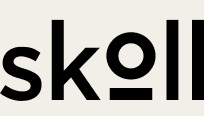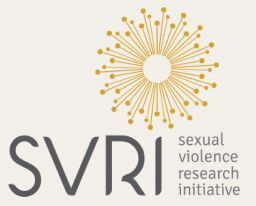Meedan is excited to have Julissa Ayala, who goes by Juli, on board as our UX Designer! Learn more about Juli in the short Q&A below.
1. What has been your experience before you joined Meedan?
Before Meedan, I had a diverse background that began with studying Psychology for undergrad in Florida, and upon graduating landing my first role as a lead research assistant at Northeastern University. I conducted user interviews, synthesized data, and helped write grant proposals. I was interested in combining this experience with tech, so I transitioned to working on a Product team at TripAdvisor conducting content QA, then later as a UX Designer for a health insurance exchange website operated by the US government, Healthcare.gov.
2. Tell us about an exciting and insightful experience that has shaped your perspective and work.
Designing for healthcare.gov, whose users are of all ages, backgrounds, and varied needs, allowed me to develop an even deeper sense of empathy for the users I serve. I approached my work with the perspective to design for all users, keeping neurodiversity and accessibility top of mind. Products that are designed with this perspective make better products overall, because they’re more usable for everyone.
3. What does the UX community think about designing for users across cultural contexts ? What are the strengths and what gaps do you see?
Although in recent years it seems awareness is growing in designing for users across cultural contexts, on most fronts, we still have a long way to go. It seems that only very recently accessibility for users with special needs has been prioritized across the web, and as we learn more about this, it raises more questions about if we’re doing a good job designing for users of varied cultures, because one size does not fit all. When most of us think about designing across cultural contexts, what usually comes to mind is localization. This is an important piece, but we need to go deeper and think about things like imagery, icons, and communication styles. During my time at healthcare.gov, I led several improvements to the Spanish version of the website that combined content strategy and UX. In the US, Spanish is the most common non-English language spoken. Now at Meedan, I’m thinking about the implications of designing on a more global scale, and how we can be more inclusive to all of our users.
4. What brought you to Meedan?
I was hoping to eventually shift gears to working in a smaller organization I could grow with and make a bigger impact. At the top of my list was also somewhere with a base of social good and great benefits. All of those boxes were checked when I came across a post on Techqueria, a Slack community for Latinx in tech, by Meedan’s Executive Associate, Gisela Zuniga. It was for an opening on Meedan’s product team, and I was immediately drawn in by Meedan’s ever so important mission of fighting global misinformation, particularly in the context of current events in 2021.
5. What’s a project you’re excited about right now?
Check, Meedan’s fact checking platform has been my primary focus since I started at Meedan, and we’re making some really great improvements based on feedback from our newest users. It’s exciting to be able to contribute to the growth of such an important product on a global scale, being used by some of the world’s most well known companies and groundbreaking grassroots partners alike. My favorite part of making these improvements happen has been the discovery, where I get to talk to our users often and show them prototypes of what we’re working on.
6. Tell us some fun facts about Juli.
- I was born in the Dominican Republic, and although I grew up between Boston and Florida, I am privileged to be able to go back to my home country often and feel close ties to my family there and my roots.
- I am the biggest Tom Brady fan
- I love listening to and dancing bachata, merengue and salsa
- I have an adorable Schnoodle named Melo who is very mellow

We collaborated with 53 partner organizations worldwide to design and carry out our 2024 elections projects. We extend special gratitude to our lead partners in Brazil, Mexico and Pakistan, whose work we highlight in this essay.
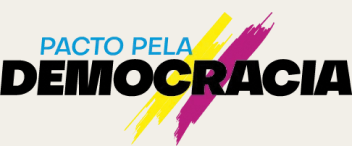
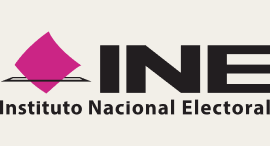
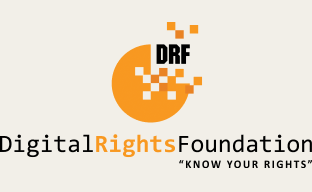
The 2024 elections projects featured in here would not have been possible without the generous support of these funders.
